Jeremy Wu, Applied Science
Abstract
The following experiment introduces the concept of learning strategies and proves its effectiveness. This concept is explored through the comparison of a specialized learning site and a generalized, popular site known as “Quizlet” through many participants of differing age groups. The experiment will have each participant go through both of the learning sites and a corresponding test for each site material. These results are created into a graph, a visual diagram to portray the productivity of the learning strategies. Eventually, the experiment does properly demonstrate that somebody utilizing the learning strategies instead of a following along a standardized textbook, with great chunks of words and few to zero images, provides a higher likelihood of them succeeding in a proper exam. Since the testing is only done for people without learning disabilities, and it had an increase of performance, the obvious connection is that it will greatly be beneficial for learning disabled people to acquire new material, easier and more efficient.
Introduction
While common learning strategies such as breaking down paragraphs into simpler portions, visual learning, mental breaks and a reward system are known for improving a person’s learning experience, there are doubts and questions marks related to just how adequate it is. This leads to the question whether how effective are these techniques at certain age points. As such, this experiment is focused around a specialized learning website, that is self-created, which will be tested against popular learning website, quizlet, to demonstrate the productivity of the above-mentioned learning strategies. The specialized website contains a quiz function because “Nate Kornell at Williams College in Williamstown, Massachusetts, and his colleagues have found that what matters is trying to retrieve the information you are learning, rather than succeeding. Being given the correct answer seems, counter-intuitively, to be as big a boost to later performance as remembering it by yourself.” (Young 2017). Additionally, other features like visual learning is added as David Roberts, a professor, showcased how he utilized visual learning and how an increase of 30% of students achieved a higher grade over 70% on an exam (Roberts, 2018). Furthermore, having the participants choose their own rewards increases the likelihood of the user being more involved in the learning process (Cook, 2005). Cook also mentions that assignments or tests should broken down clear and simple (2005). Both theories by Cook are features within the specialized website. Finally, Brain breaks,which is considered, simply relaxes the user before the exam, gives them time to recollect their thoughts. The comparison made between the specialized website and quizlet is through a google form quiz, which hosts the same format, in terms of context and difficulty, for both learning sites.
Materials and Methods
The experiment had a diverse demography of many participants in differing ages. There were definite bias as they weren’t strangers, but people I had a connection with. A good recommended demography showcased users spread out between the ages 8 – 50. All users had access to these key links, show in appendix.
Each participant went through the two parts of the experiment. To start, the participant should be asked about what sort of reward they would like for attempting the experiment, recommended choices that were offeredr were snacks, food, toys, games or a gift card. Then the participant understood the information page (provides a basic understanding of how to work with the websites). After that, the participant accessed the specialized learning site, and were given ten minutes to acquire the knowledge in the site. Then, the participant took a two minutes mental break, no electronic during this period. Finally, the participant does the first quiz form, and the administrator manually marked the short and long answer portion and added it to the multiple choice section mark to get the total for that participant. There is a time limit on the quiz form of twenty minutes.
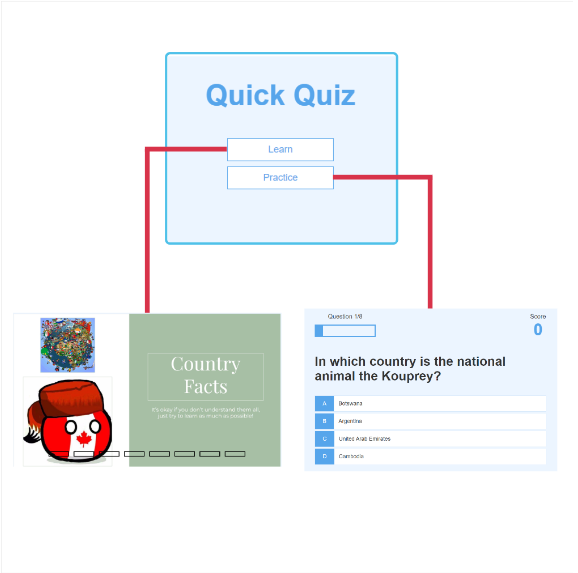
Figure 1. A Simple Layout of Specialized Learning Site.
The figure above showcases a simple illustration of how the specialized learning site works.
For the second part of the experiment, the participant went on the quizlet link, and were given twelve minutes to properly comprehend the material. Right after that, the participant does the second quiz form, and were given twenty minutes to complete it. Once again, the administrator manually marked the short and long answer responses. Tallying up the manual mark to the mark given front the multiple choice section for the total. Finally, the rewards were given to the the participants, no matter what the grades were. At this point, the administrator made a table with their information or a graph to demonstrate their results.
Results
The following results showcases the increase of results of the first test, the one derived from learning off the specialized sites, over the second test, the one derived off quizlt.
Table 1. Results tallied in a Table
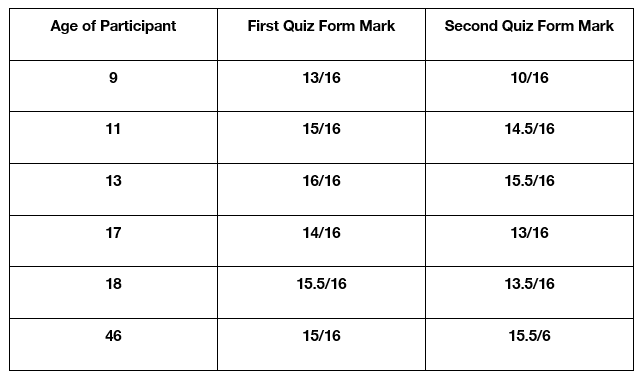
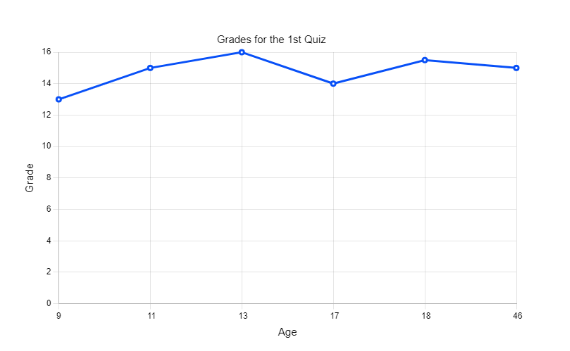
Figure 2. 1st Quiz Results Displayed as a Graph
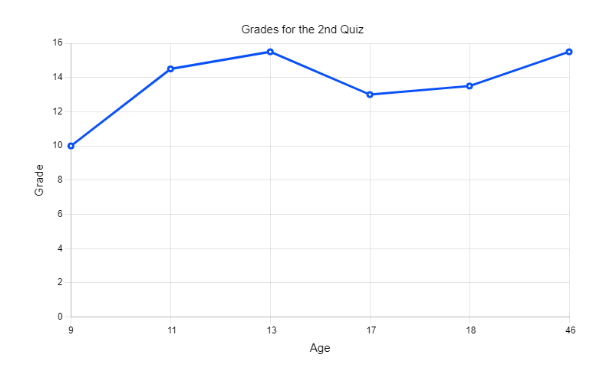
Figure 3. 2nd Quiz Results Displayed as a Graph
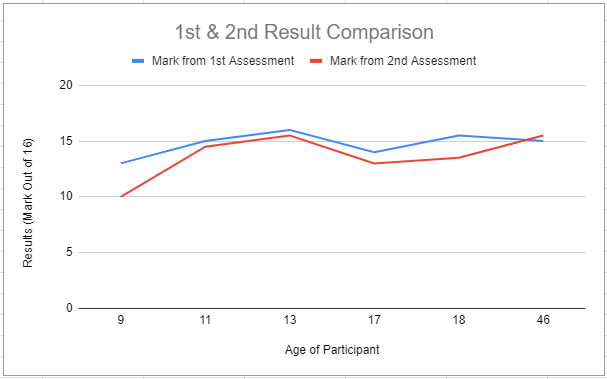
Figure 4. A Double Line Graph Showcaseing the Difference of Results Between the 1st and 2nd Quizzes
Figure 4 showcases the comparison of the results between the 1st and 2nd quiz. Through the indication of the blue line, the line representing the mark from the 1st Assessment, the general trend of it is overall slightly larger than that of the red line. This represents that the participants performed better, relative to their marks, learning from the specialized learning site than the learning from quizlet.
Discussion
The purpose of this experiment was to found out how effective is learning when it utilizes common strategies (mentioned in Introduction) relative to certain age points of a person’s life. Additionally, if the common learning strategies worked, they are easy to implement and could be used for people with learning disabilities, ADHD, Down Syndrome etc. As the results shows, learning using the specialized learning site is more productive than learning using quizlet. The exception, which is the participant whose age is 46, implies that as participants gets older, visual learning, mental breaks, rewards, practice quiz and breakdown of text, no longer benefits them. Instead, the older participant would perform better through standardized textbook learning, they absorb more information from paragraphs than the techniques deployed in the specialized learning site.
There are uncounted variable errors that weaken the validity of the experiment. The small sample size accounts for a lack of reliability of results such that if the experiment were to be repeated, the repeated result may confirm the same answer as obtained in this experiment. Other issues results in the genre that the participant is learning from. If they had already have a comprehensive knowledge of countries, then the learning experience would be more of a review, meaning that the exam would be easier for them. Another source of error is the difference in content between the two learning sites, although they were kept to a bare minimum difference in terms of content and difficulty, the difference of knowledge can not be solved. Due to these limitations, the experiment has flaws that does not always validate the results.
These results can be used for future benefit in other studies, researching into how to improve education and learning. With technology, one can extend my basic learning strategies beyond anything one has seen before. For instance, virtual reality helps simulate the learning experience to a greater extend than the simple imagery that is applied to the specified learning site. Additionally, one can improve on my quiz application, by utilizing AI to help specify questions for the user to improve their experience.
References
Cook, M. N. (2005). The Disruptive or ADHD Child: What to Do When Kids Won’t Sit Still and Be Quiet. Focus on Exceptional Children, 37(7), 1–8. https://doi.org/10.17161/foec.v37i7.6871
Roberts, D. (2018). Active Learning Precursors in Multidisciplinary Large Lectures: A Longitudinal Trial on the Effect of Imagery in Higher Education Lectures. College Teaching, 66(4), 199–210. https://doi-org.bc.idm.oclc.org/10.1080/87567555.2018.1486802
Young, E. (2017). Know It All. New Scientist, 12–17. https://bc.idm.oclc.org/login?url=https://search.ebscohost.com/login.aspx?direct=true&db=f5h&AN=123618552&site=ehost-live
Appendix:
The specialized learning site: https://bobomanultra.github.io/
The first quiz form: https://forms.gle/3xEvusjWh9xo4tSg7
The quizlet: https://quizlet.com/_cwpfao?x=1jqt&i=1klohk
The second quiz form: https://forms.gle/m2mHaA4PfLxfmR3x6
The information page: https://docs.google.com/document/d/1UhzXWCy6Xrkbq5oASiLwSjX5gY3UjGq-FH9q-BHWzYw/edit?usp=sharing.